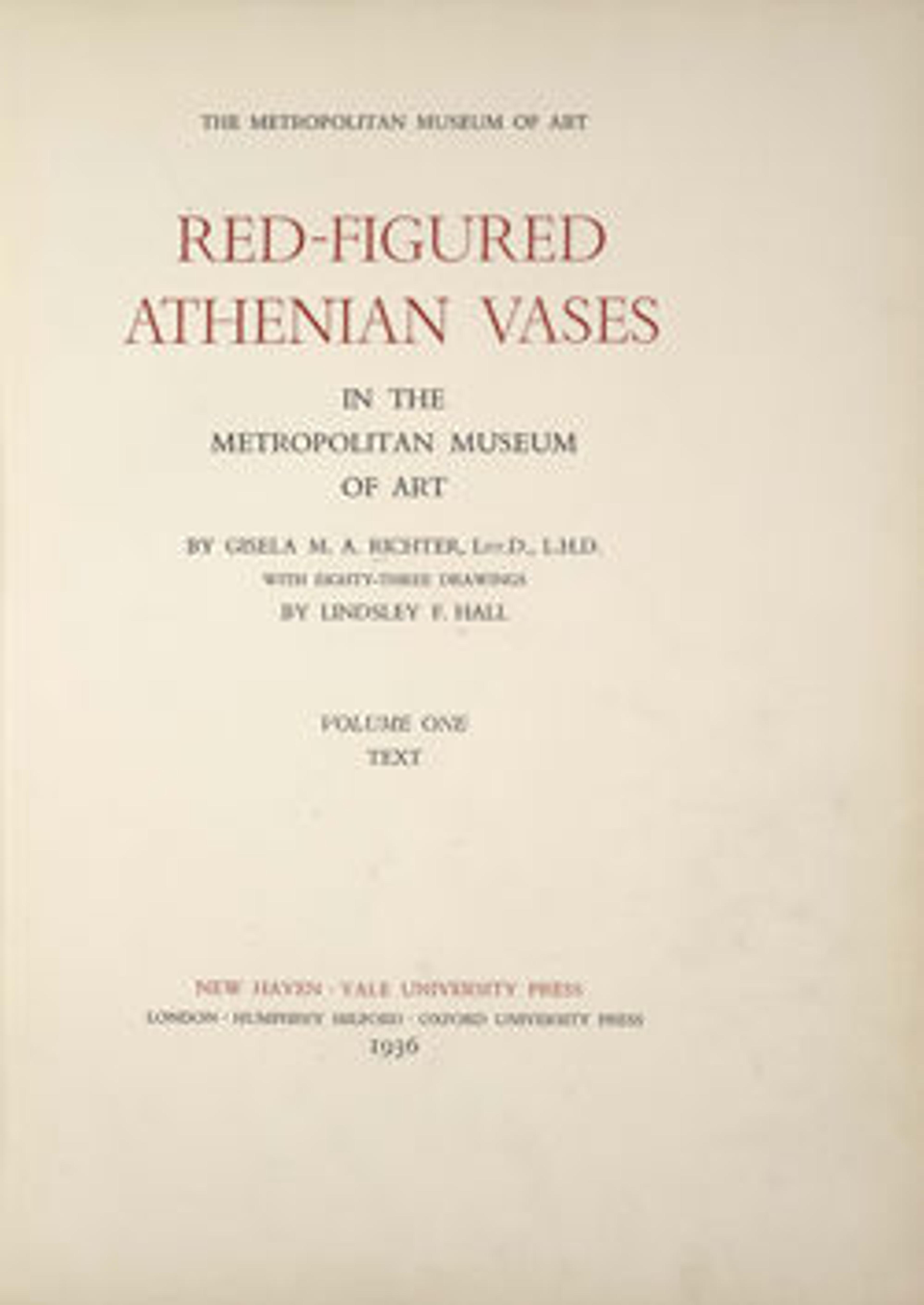Terracotta oinochoe: chous (jug)
Two boys at thymiaterion (incense burner)
The special shape of this oinochoe indicates that it had some connection with the Anthesteria, the celebration of the new wine in which children and the god Dionysos figured prominently. The youth at the left replaces the cover of the thymiaterion after filling it with incense; he needs to stand on tiptoe. His companion extends his hand to help if necessary. The oinochoe on the ground suggests that the depicted activity was accompanied by a libation and had particular significance.
The special shape of this oinochoe indicates that it had some connection with the Anthesteria, the celebration of the new wine in which children and the god Dionysos figured prominently. The youth at the left replaces the cover of the thymiaterion after filling it with incense; he needs to stand on tiptoe. His companion extends his hand to help if necessary. The oinochoe on the ground suggests that the depicted activity was accompanied by a libation and had particular significance.
Artwork Details
- Title: Terracotta oinochoe: chous (jug)
- Artist: Attributed to the Shuvalov Painter
- Period: Classical
- Date: ca. 420 BCE
- Culture: Greek, Attic
- Medium: Terracotta; red-figure
- Dimensions: H. 5 1/4 in. (13.4 cm)
diameter 4 1/16 in. (10.3 cm) - Classification: Vases
- Credit Line: Rogers Fund, 1908
- Object Number: 08.258.24
- Curatorial Department: Greek and Roman Art
More Artwork
Research Resources
The Met provides unparalleled resources for research and welcomes an international community of students and scholars. The Met's Open Access API is where creators and researchers can connect to the The Met collection. Open Access data and public domain images are available for unrestricted commercial and noncommercial use without permission or fee.
To request images under copyright and other restrictions, please use this Image Request form.
Feedback
We continue to research and examine historical and cultural context for objects in The Met collection. If you have comments or questions about this object record, please complete and submit this form. The Museum looks forward to receiving your comments.
